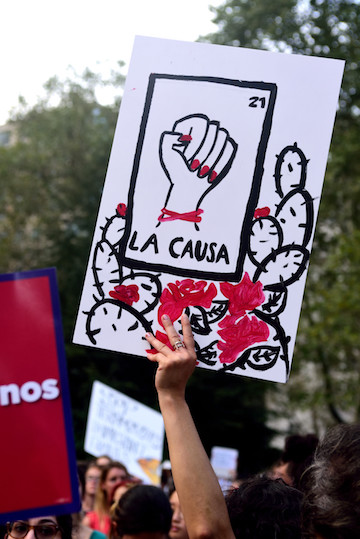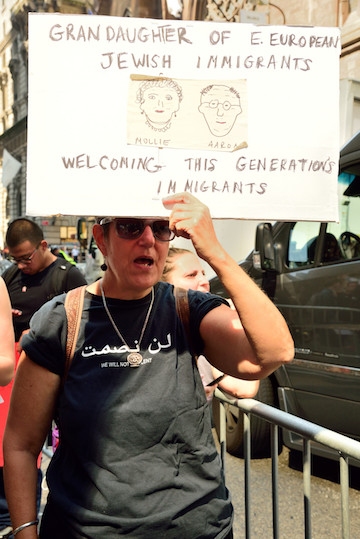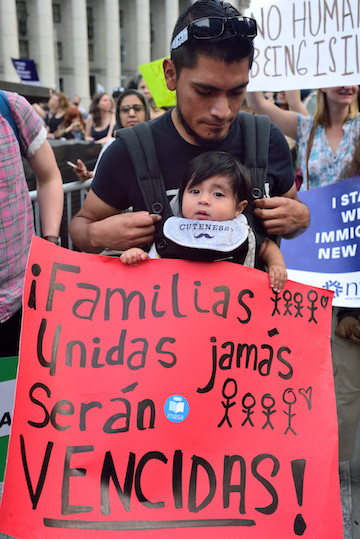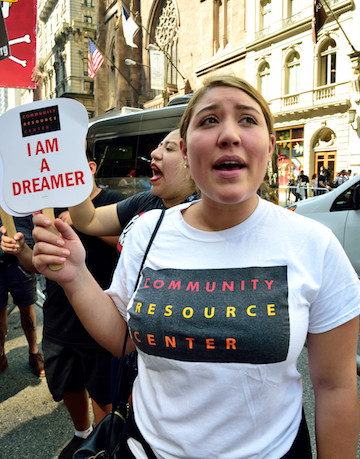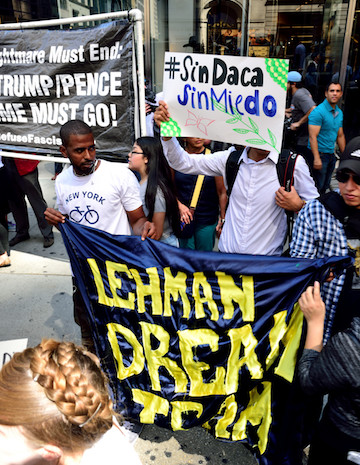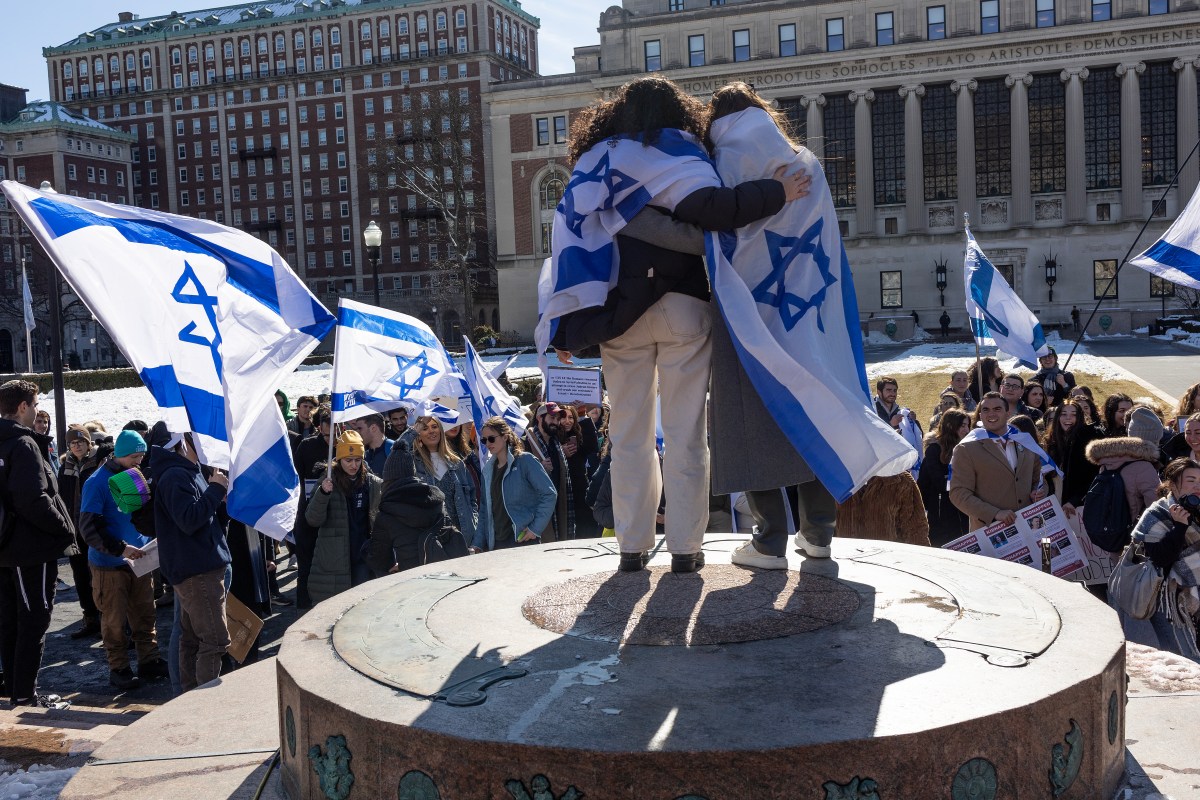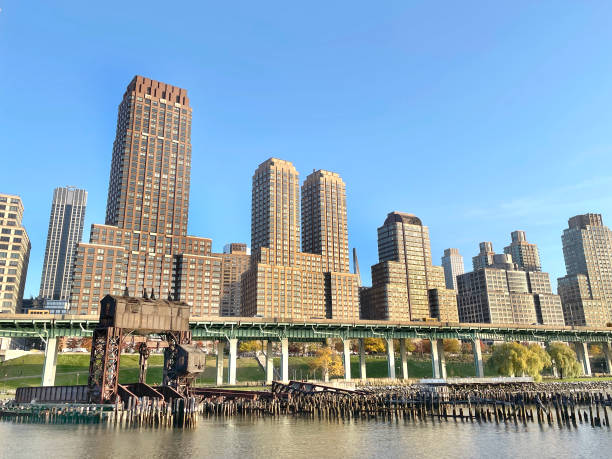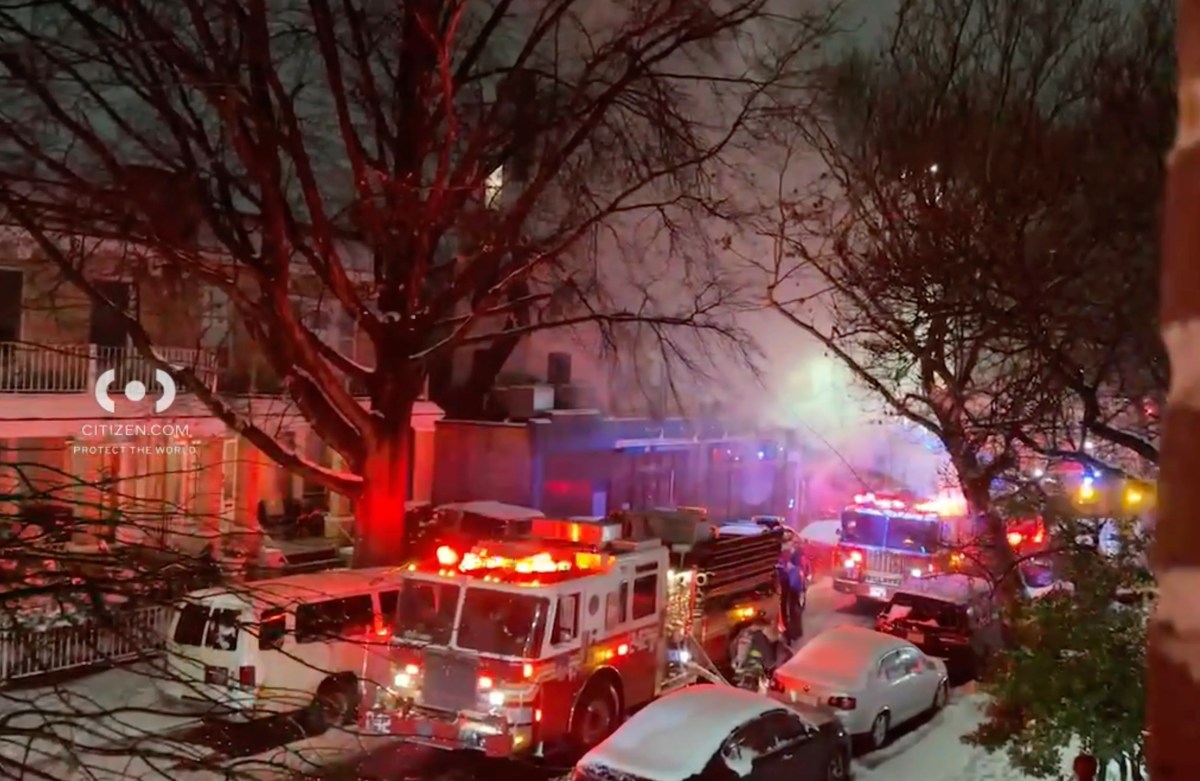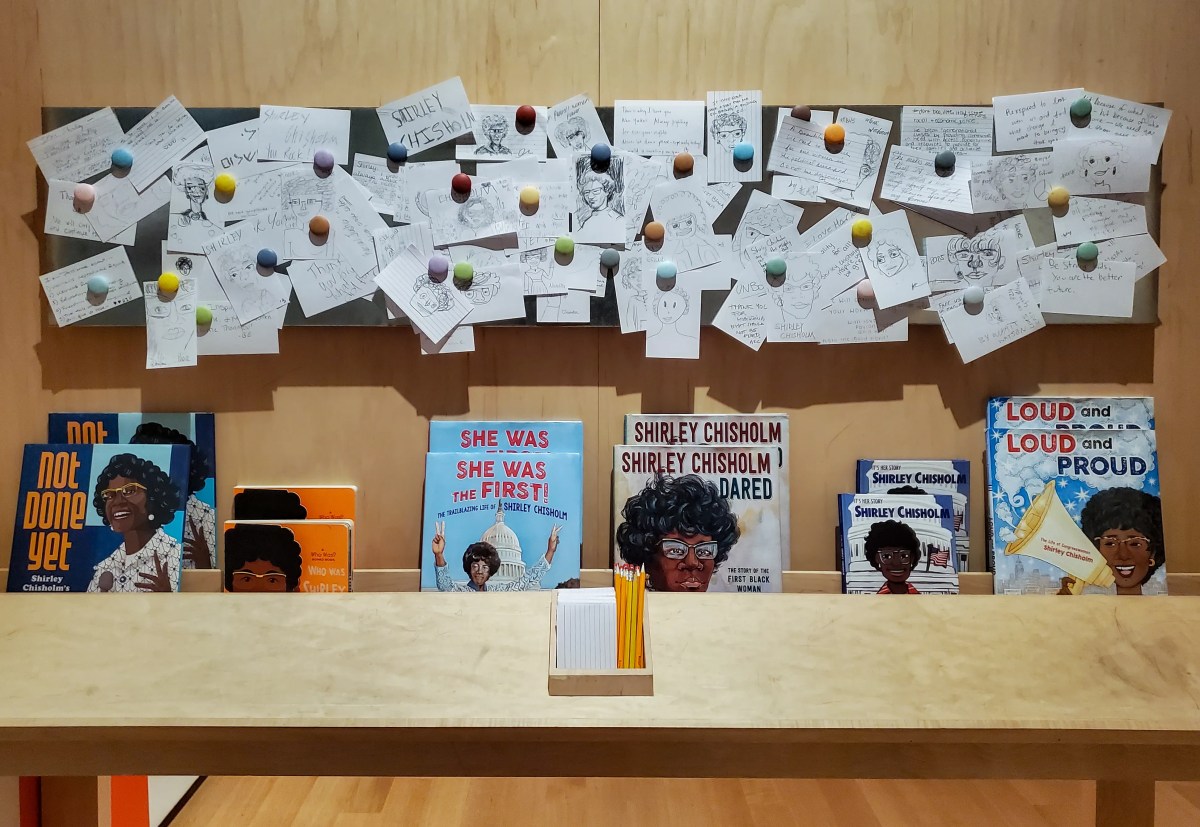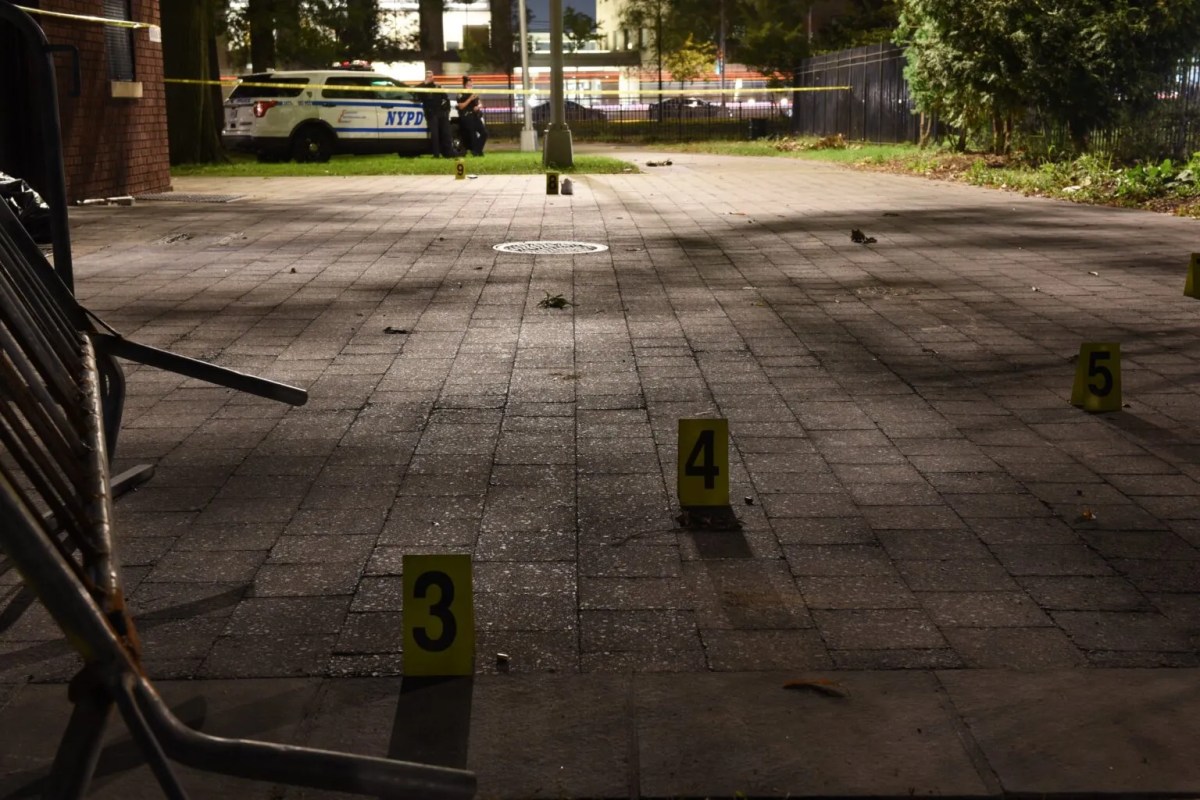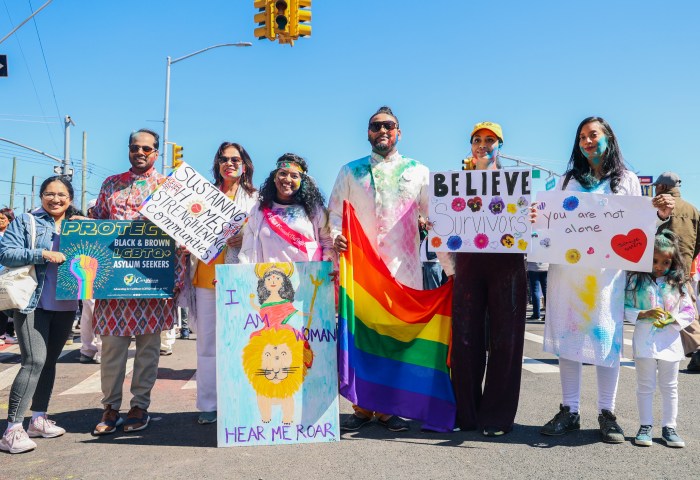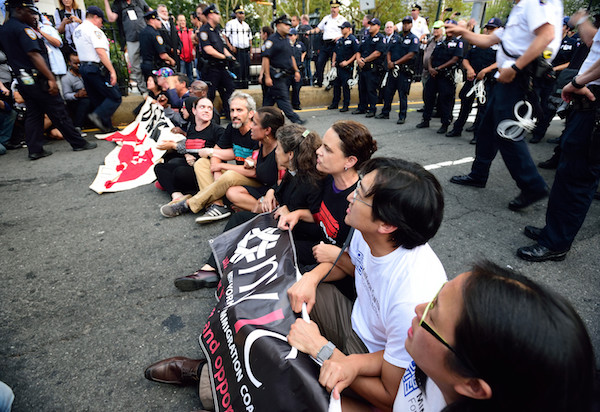
BY PAUL SCHINDLER WITH PHOTO ESSAY BY DONNA ACETO | On September 5, after a week of dreaded anticipation, Attorney General Jeff Sessions, a longtime hardliner on immigration issues, announced that the Trump administration has “rescinded” President Barack Obama’s policy protecting from deportation undocumented immigrants brought to the United States as children.
Sessions’ announcement, made without taking any questions from the press, followed through on President Donald Trump’s repeated pledges to do away with Obama’s Deferred Action for Childhood Arrivals, or DACA, program that has allowed more than 800,000 “Dreamers” to win certification allowing them deferral from any adverse immigration action as well as giving them the right to work legally.
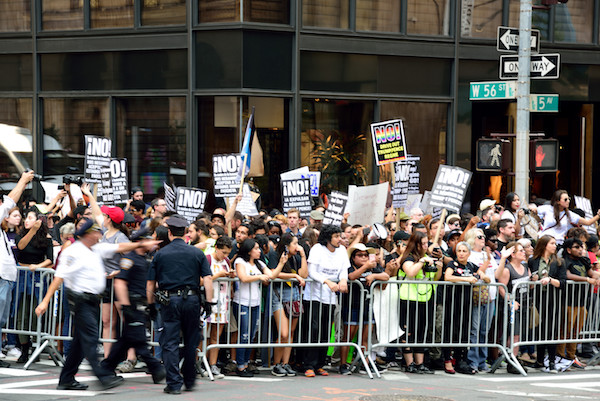
Trump tried to duck responsibility for this harsh move by having his attorney general make the announcement and by challenging Congress to codify the protections currently enjoyed by Dreamers over the next six months, at which time the “rescinding” would take effect. Repeatedly expressing his “love” for the Dreamers, the president’s unwillingness to own his own policy decision was made clear in a late evening tweet hours after Sessions spoke, when Trump wrote that if Congress fails to act in the six-month window, “I will revisit this issue!”
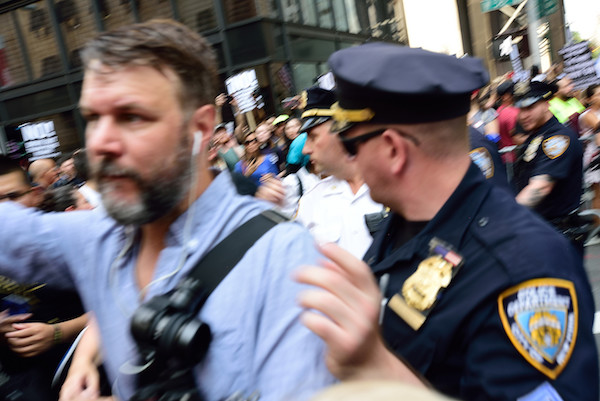
The president’s decision was widely panned across the political spectrum and among business leaders, with House Speaker Paul Ryan making a direct appeal to Trump last week not to roll back the DACA program. Though there is wide bipartisan support for protecting the Dreamers — who have survived a rigorous screening process establishing that they are law-abiding, productive US residents — Congress was never able to agree on legislation giving them deferral from deportation. Obama finally acted with an executive guidance creating DACA in 2012 when it was clear Congress would not act.
The uncertainty unleashed by the Trump administration’s actions caused anxiety and anger in many communities nationwide, with demonstrations, some of which included civil disobedience, held in cities across the US. Many immigration advocates agree that it was only after direct action, often undertaken by vulnerable Dreamers themselves, that Obama was moved to intervene in creating DACA.
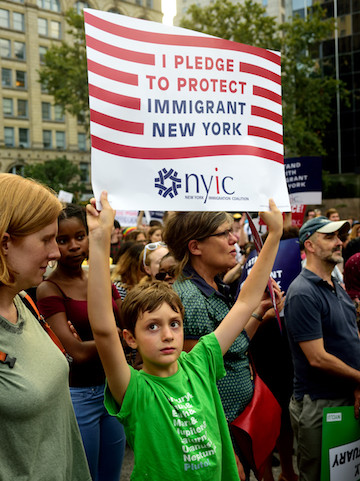
At 11:30 a.m. on Tuesday, activists organized by Movimiento Cosecho converged from Fifth Ave. and 59th St. south to Trump Tower and below, to voice their outrage. At 5:30 in the afternoon, the New York Immigration Coalition drew a large contingent of protesters to the Foley Square courthouse center downtown, a gathering that drew elected officials, including City Comptroller Scott Stringer and many city councilmembers. In both protests, some demonstrators staged sit-ins on the street, causing the NYPD to sweep in to make arrests.
Of the roughly 800,000 Dreamers, nearly 42,000 live in New York, which falls behind only Illinois, Texas, and California in the number of undocumented residents protected under DACA, according to data from the Department of Homeland Security. Another 22,000 live in New Jersey, which ranks ninth among all states in its number of Dreamers.
New York State Attorney General Eric Schneiderman, on September 6, was a leader among 16 state attorneys general, all of them Democrats, who filed suit against the Trump administration to preserve the DACA program.
